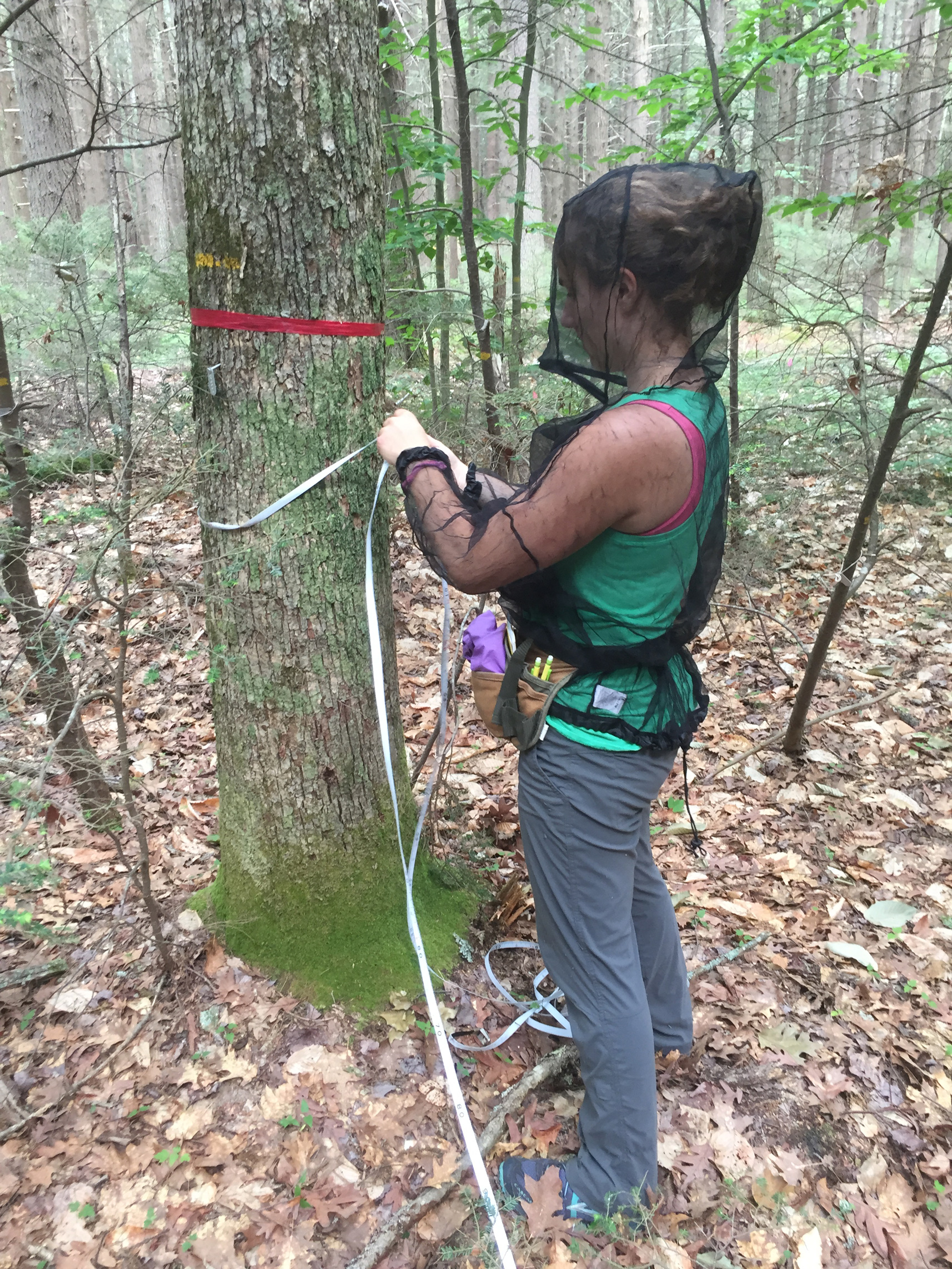You are here
Scratch and Sniff: A Lesson in Plant Identification
 When I was quite young, my parents would page through picture books with me, pointing out the different animals in the illustrations. Once I noticed an animal or shape I’d seen before, I insisted (in the way only a 2-year-old can) that we look through all of the other books to find that same animal. As we found each appearance in turn, I excitedly shouted “Same! Same!” and started the cycle anew with the next animal I recognized.
When I was quite young, my parents would page through picture books with me, pointing out the different animals in the illustrations. Once I noticed an animal or shape I’d seen before, I insisted (in the way only a 2-year-old can) that we look through all of the other books to find that same animal. As we found each appearance in turn, I excitedly shouted “Same! Same!” and started the cycle anew with the next animal I recognized.
Fast forward to the summer of 2016, and the skills I honed as an annoyingly curious 2-year-old have proved quite useful. I’ve mainly been working out in the field this summer while I examine the presence or absence of different species at Harvard Forest. With each plant I come across in my field work, I rack my brain, sometimes thinking, “Same? Same!” as I try to remember scientific genera and any clue as to the identities of the trees and understory plants.
I’ll provide a little context as to how I landed a job where I get to go on a nature walk every day. Plants live at very specific latitudinal ranges, so specific to climate that past locations and ranges of plants provide insight into Earth’s ancient climate (point being: plants are cool! But I digress). My project this summer deals with trees at the edges of their latitudinal ranges, and how that affects their size relative to trees around them. This climate “sweet spot” that plants occupy might tell us certain things about the past, but this summer I’m looking more into the future—a future where the climate will almost certainly alter those sweet spots. My main question is whether or not certain trees can survive this shift.
On a daily basis, I venture out into the Harvard Forest, outline a circle around a tree, and list the surrounding tree names and their relative sizes. I’ve chosen six species in total to examine, all of which reach their range extremes within the four field sites my lab has, ranging from Harvard Forest to Quebec. To determine what a tree’s relationship is to those surrounding it, I measure the size of the tree, as well as all the trees within a 5m radius circle. This tells me how much space a tree takes up in this circle, relative to those around it, and whether this varies from the sites at Harvard Forest to the White Mountains or to Quebec. If one of the six species is generally larger (and thus more competitive) at its range limits, we can assert that a changing climate, along with a shifting range in sweet spot, will not stress it to the point of large population loss.
Simultaneously, I’ve been examining whether plants in the understories of these trees see changes across these four sites. More than anything, this requires an extensive (often exhausting) process of plant identification. Frequently, I’ll go from craning my neck to get a good look at the leaves of the tallest trees, looking for some hint at what it might be, to crouching on the ground while I feel, scratch, and smell (scratch and sniff, as my mentor likes to say) the leaves of the understory.
More than anything, I’ve become adept at recognizing common plant species in the forests of the Northeastern US. Yet identifying the plants around me has become a sometimes useful, often annoying habit for people coming on hikes with me. Too often, I’ll stop to point out my favorite plant (baby white oaks!) or point out the white fluid running through the veins of a milkweed (after pointing that out, one friend appreciatively told me that after three years she’d finally figured out why she kept me around). In all, I’ve truly grown to appreciate the flora surrounding me when I venture outside. Yet as I look around, I still think in my head as I look at different plant species: “Same! Same!”


